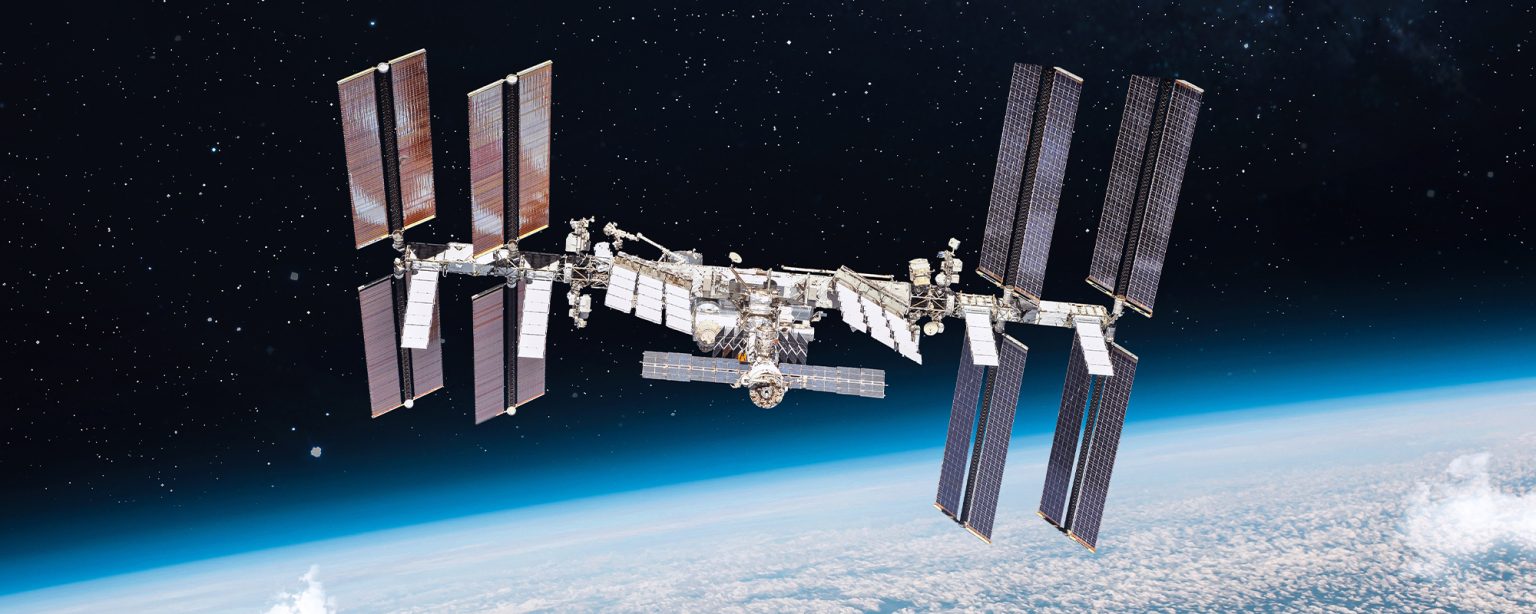One of the most important challenges in science is determining what elements are present in materials both on earth and in space. Researchers depend on the use of a process known as spectroscopy to examine the characteristic wavelengths of the electromagnetic radiation given off by materials, using various types of instruments. At Idaho National Laboratory, for example, researchers measure gamma rays coming off materials like nuclear fuel, which helps us understand the performance of experimental fuels that have been irradiated in a test reactor. Current spectroscopy techniques require a human researcher to eliminate irregularities and manually adjust the background properties to achieve a final result, starting from large amounts of raw data.
The INL physics and high-performance computing team has developed software code known as SPOCK (which stands for SPectral Observation Convolutional neural networK), which helps computers perform the spectroscopy analysis that currently requires human eyes. The software utilizes advanced artificial intelligence to “see” and recognize a spectrum, much like a human spectroscopist might, rather than traditional mathematical analysis and models. This remarkably compact code could significantly improve the ability to identify the minerals and compounds on earth or as well as on other worlds.
SPOCK could be used for any application requiring the measurement and analysis of radiation, including reactor monitoring, nuclear fuel analysis, radiation dose rate monitoring, x-ray imaging, oil well logging, or mapping of ore deposits. SPOCK could also be used by uncrewed spacecraft to monitor background radiation or analyze atmospheric composition without the need for high-power processors or systems. The results could then be transmitted back to earth rather than sending the full data set.
“One of the limitations of spectroscopy has always been the need to have human eyes to form a complete picture, even with advanced computing capabilities,” said INL researcher Ryan Fronk, who helped develop the software. “SPOCK uses a neural network that mimics human image recognition to quickly produce the final spectroscopy analysis. Initial test results showed 99% accuracy, and it achieves this much faster and more consistently than currently available software.”
To test the performance of the code on a space-based computer system, INL has teamed up with NASA and Hewlett Packard Enterprise and are currently testing SPOCK on the International Space Station’s Spaceborne Computer 2. SPOCK is running trials to ensure its accuracy in space (where radiation effects might affect training and analysis) on Spaceborne Computer-2 using legacy spectroscopic data that has been previously verified using both mathematical models as well as the Earth-trained SPOCK. Once the testing process is complete, the INL software could be included in future terrestrial and space endeavors.





